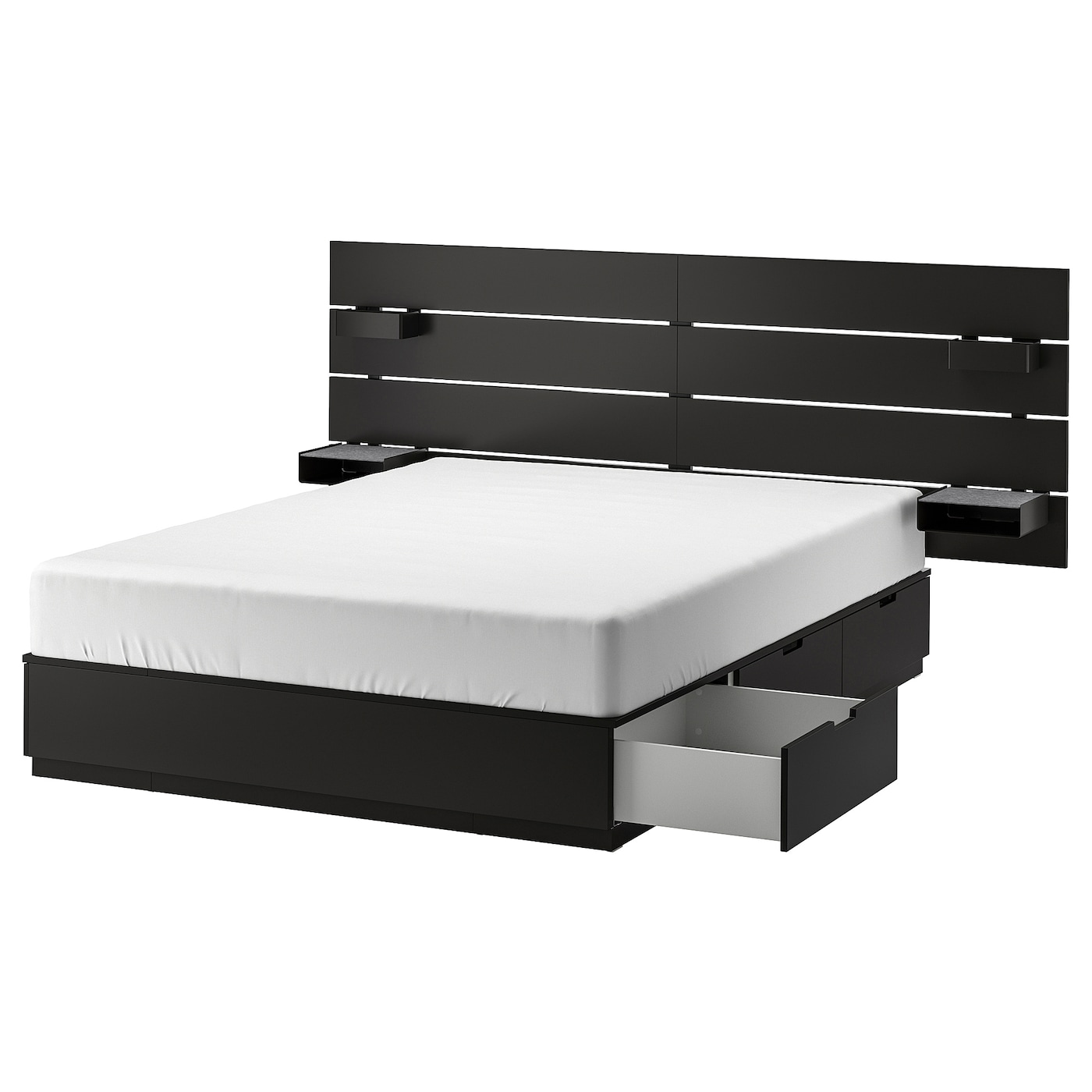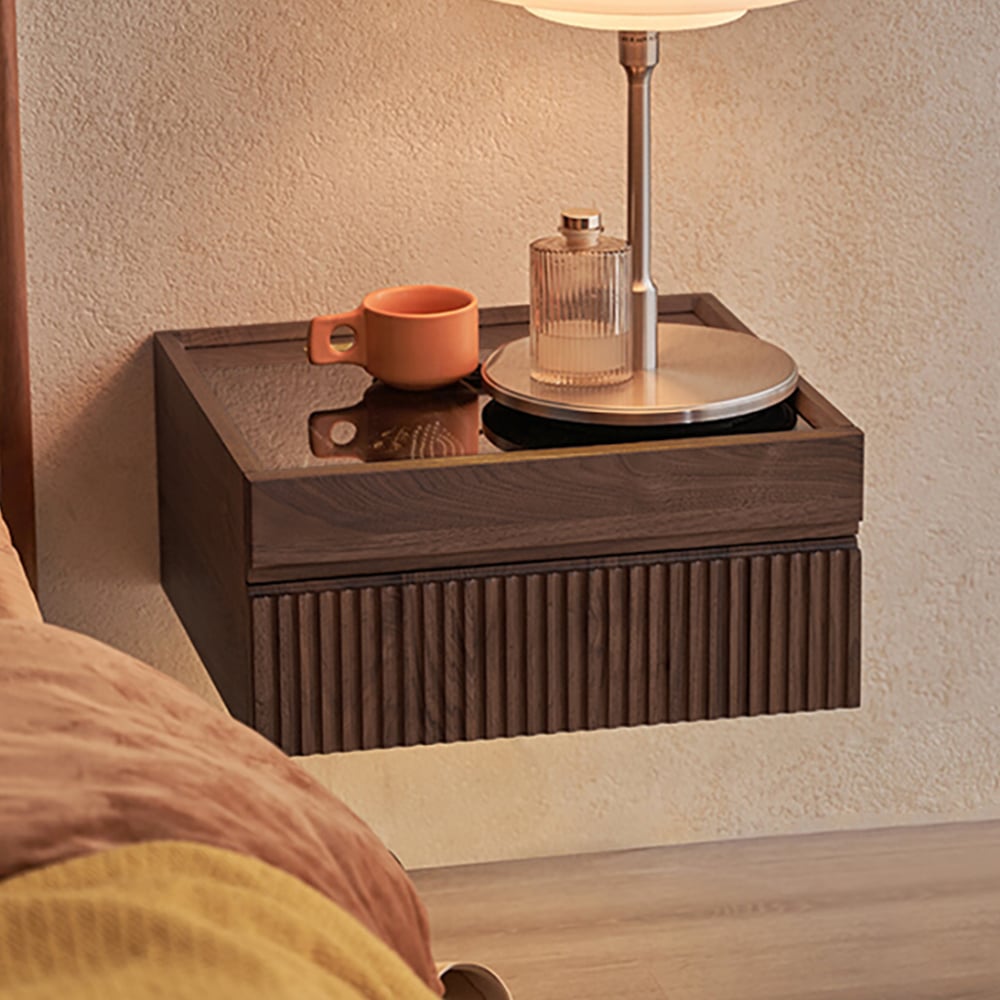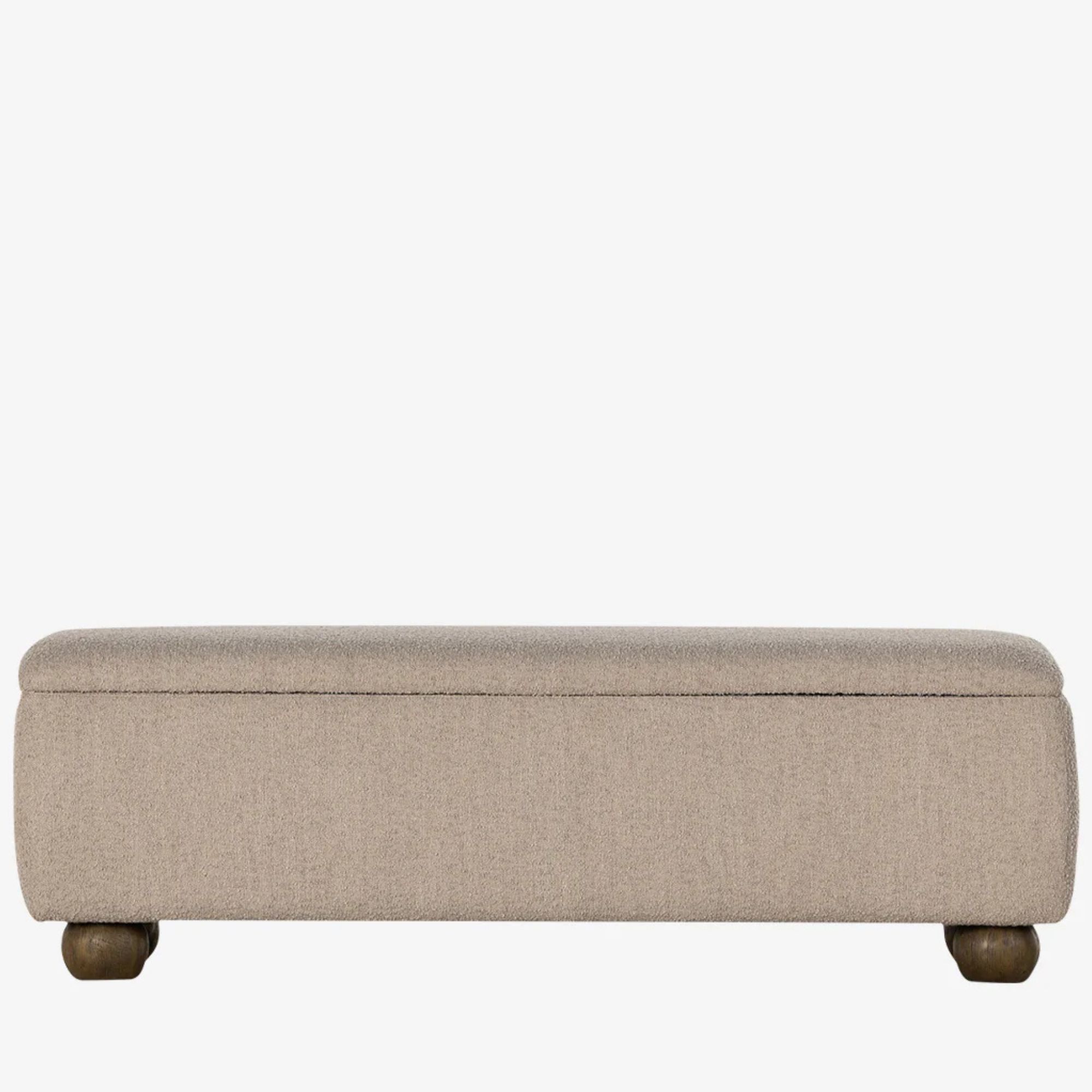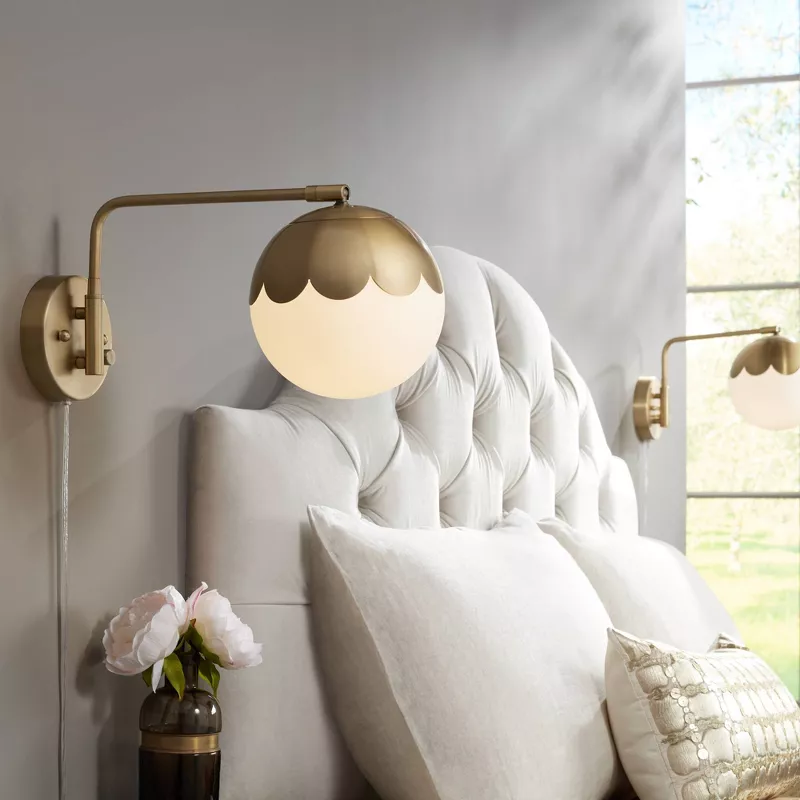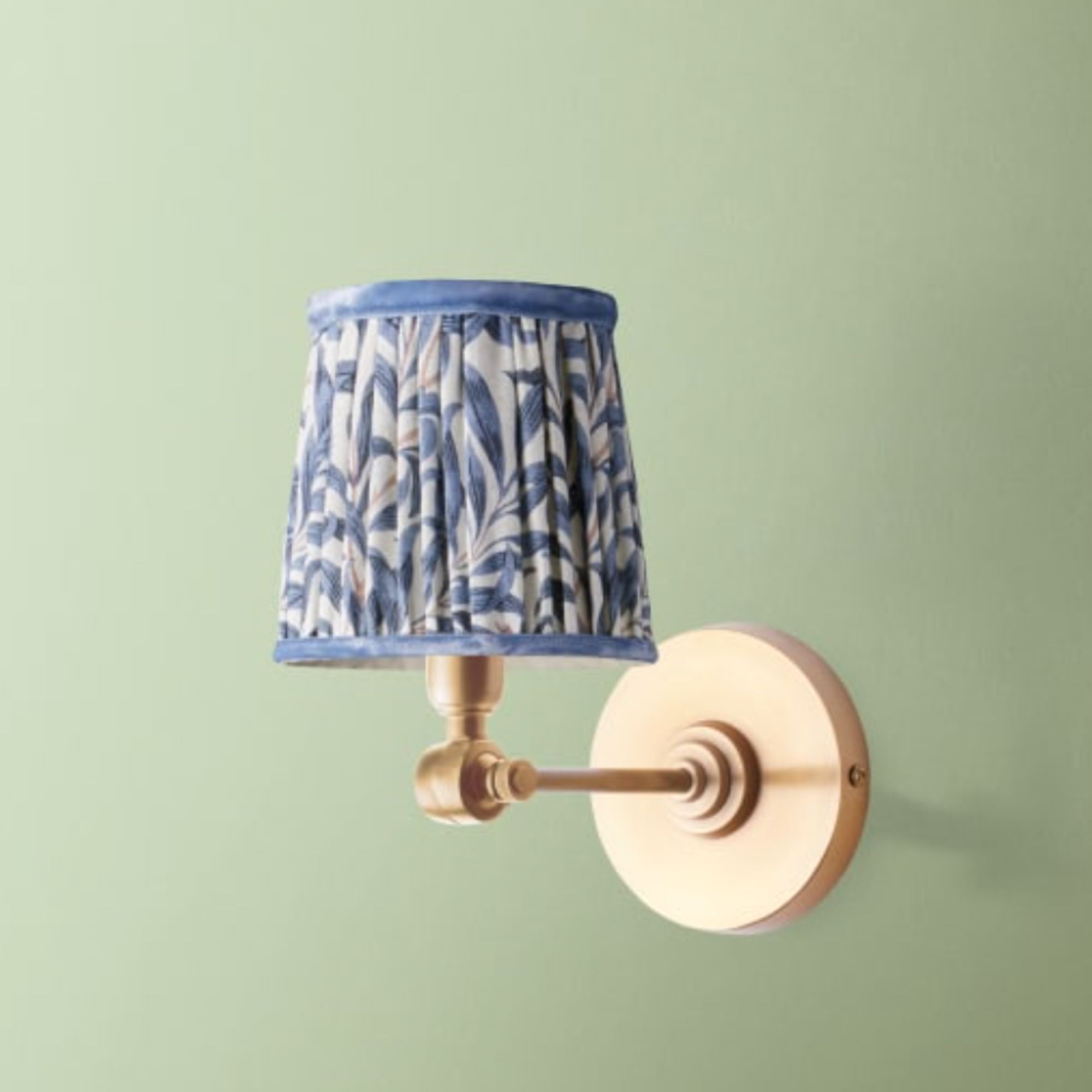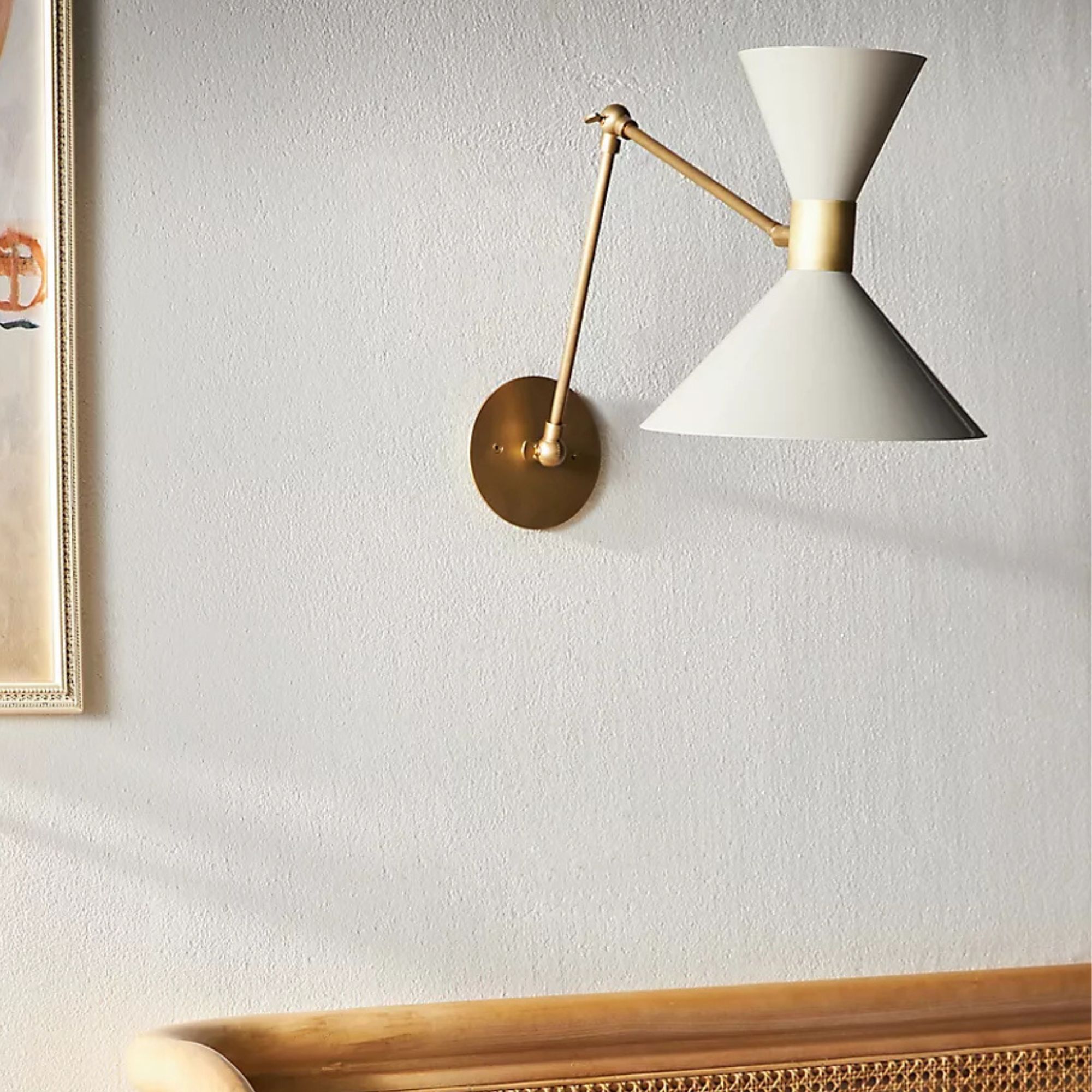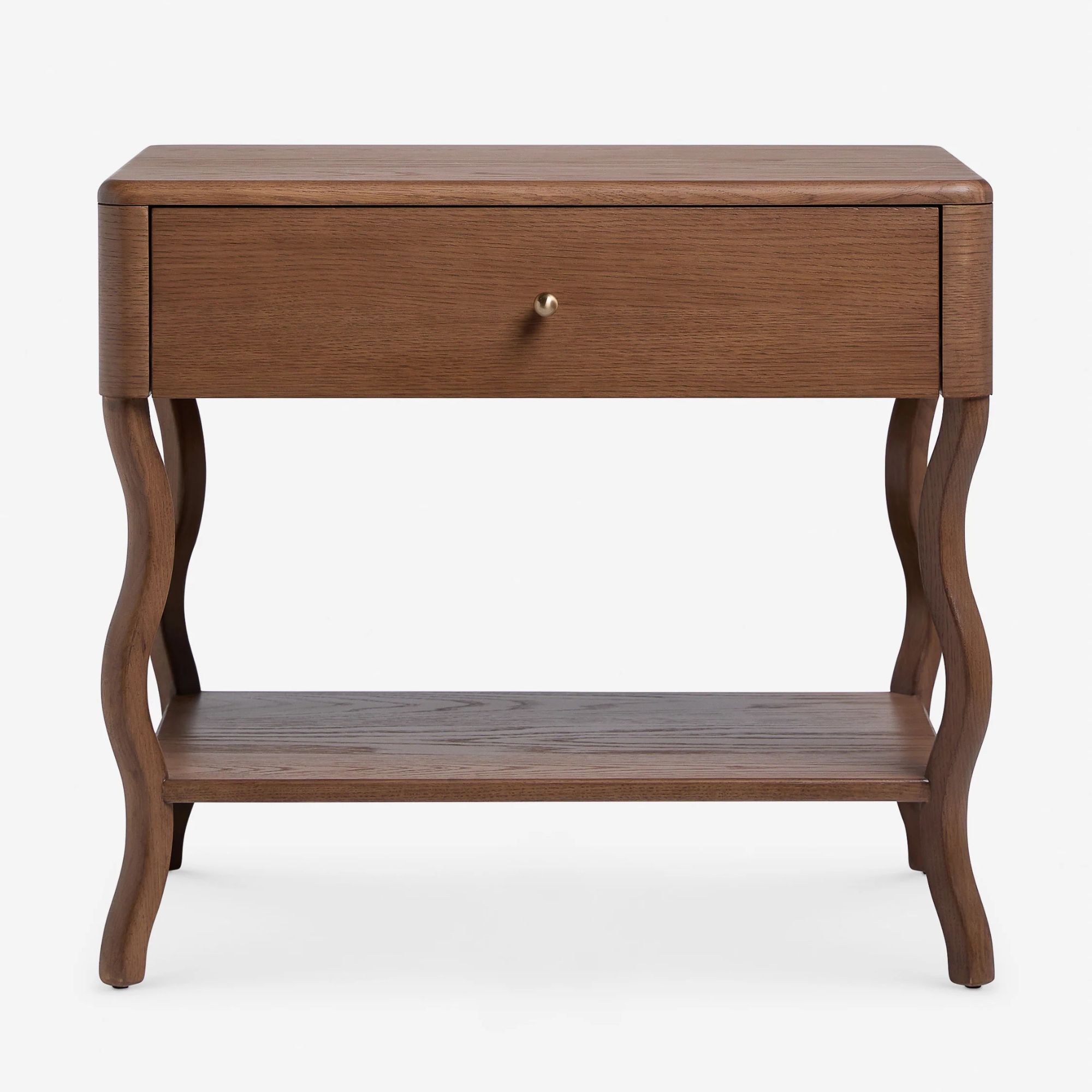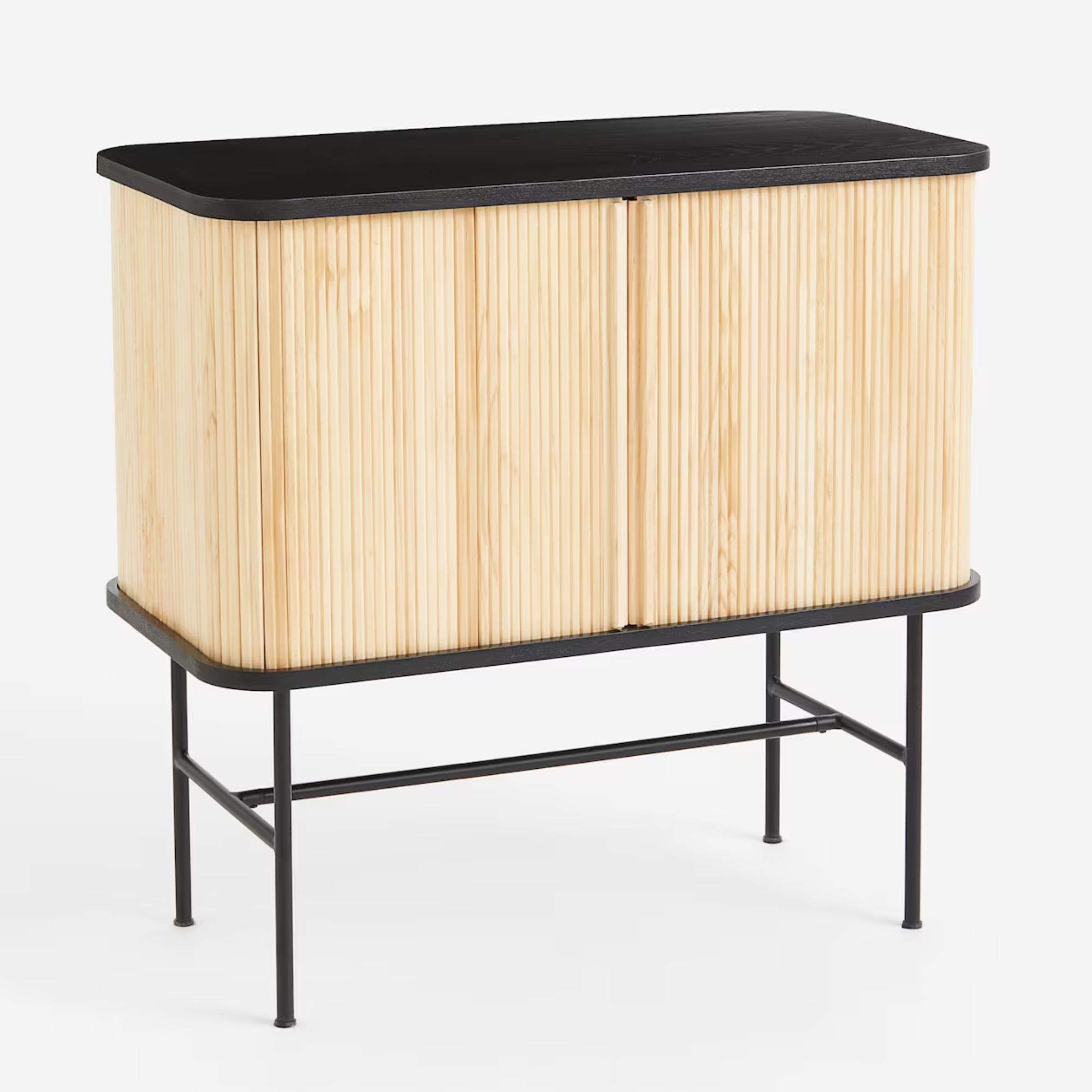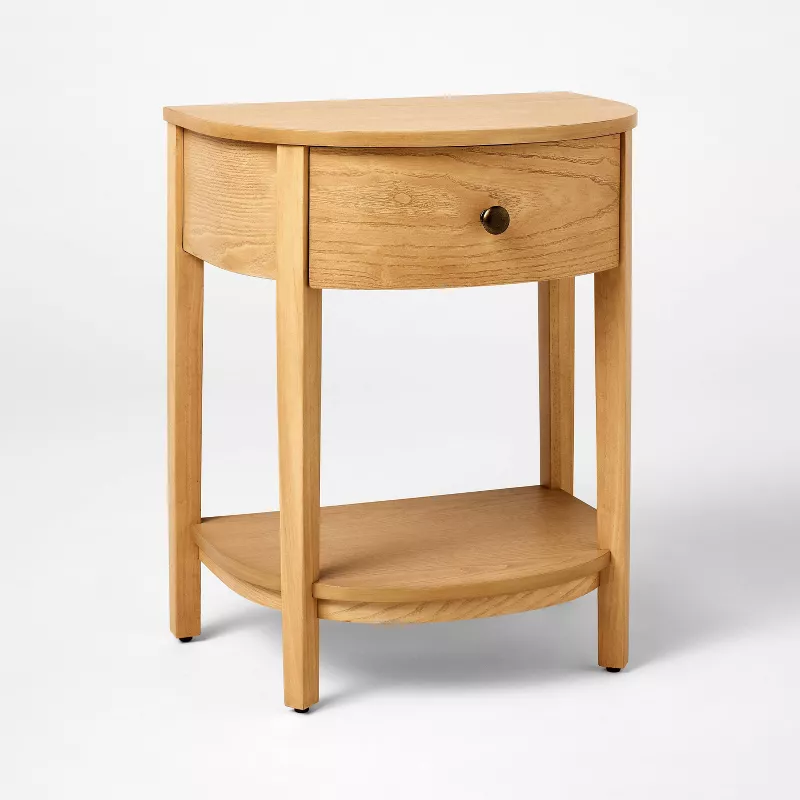8 of the biggest small bedroom layout mistakes designers see time and time again
These small bedroom layout mistakes are so easy to make, but so easy to avoid too

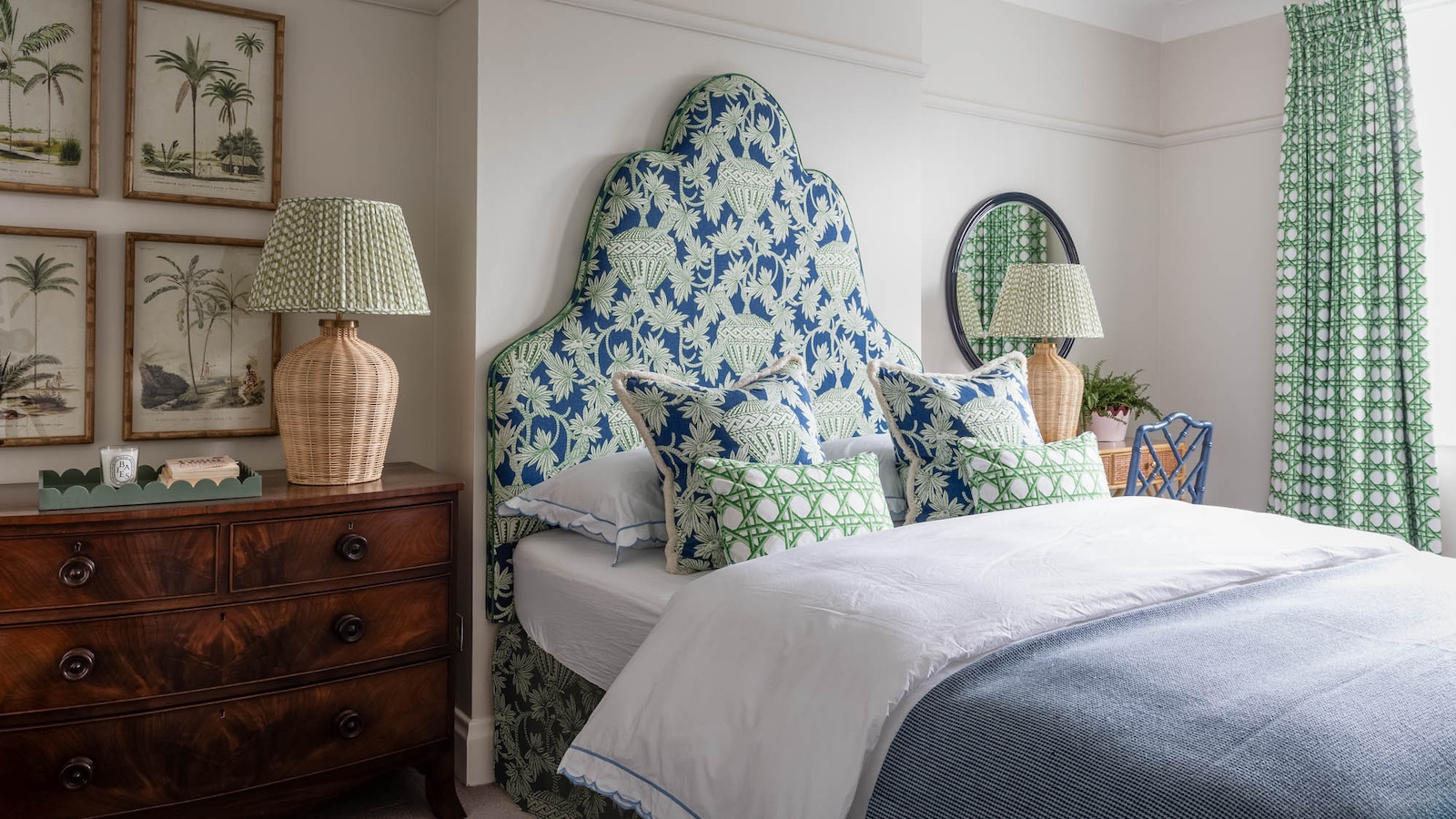
- 1. A badly-positioned bed
- 2. Trying to fit too much furniture into the space
- 3. Choosing furniture that's too big
- 4. Neglecting vertical space
- 5. Leaving lighting as an afterthought in the layout
- 6. Insisting on symmetry when it doesn't serve the space
- 7. Bringing in too much visual clutter
- 8. Thinking light colors will make the layout feel bigger
Small bedrooms can be a challenge to get right. With a bed, wardrobes and other essentials to find space for, it can be difficult fitting everything in. So it’s no surprise that many of us keep on making the same small bedroom layout mistakes again and again.
Due to its size, the bed will naturally be at the center of any bedroom scheme, so is a big factor to consider when it comes to how the bedroom looks and how the space flows. But letting the bed overdominate the scheme is something to definitely avoid in a small bedroom. It's a layout mistake that can be easily avoided, and there plenty of are simple techniques that can be adopted to help create a more balanced scheme.
We asked interior designers to share the small bedroom layout mistakes they see repeatedly – and what we should be trying instead.
1. A badly-positioned bed
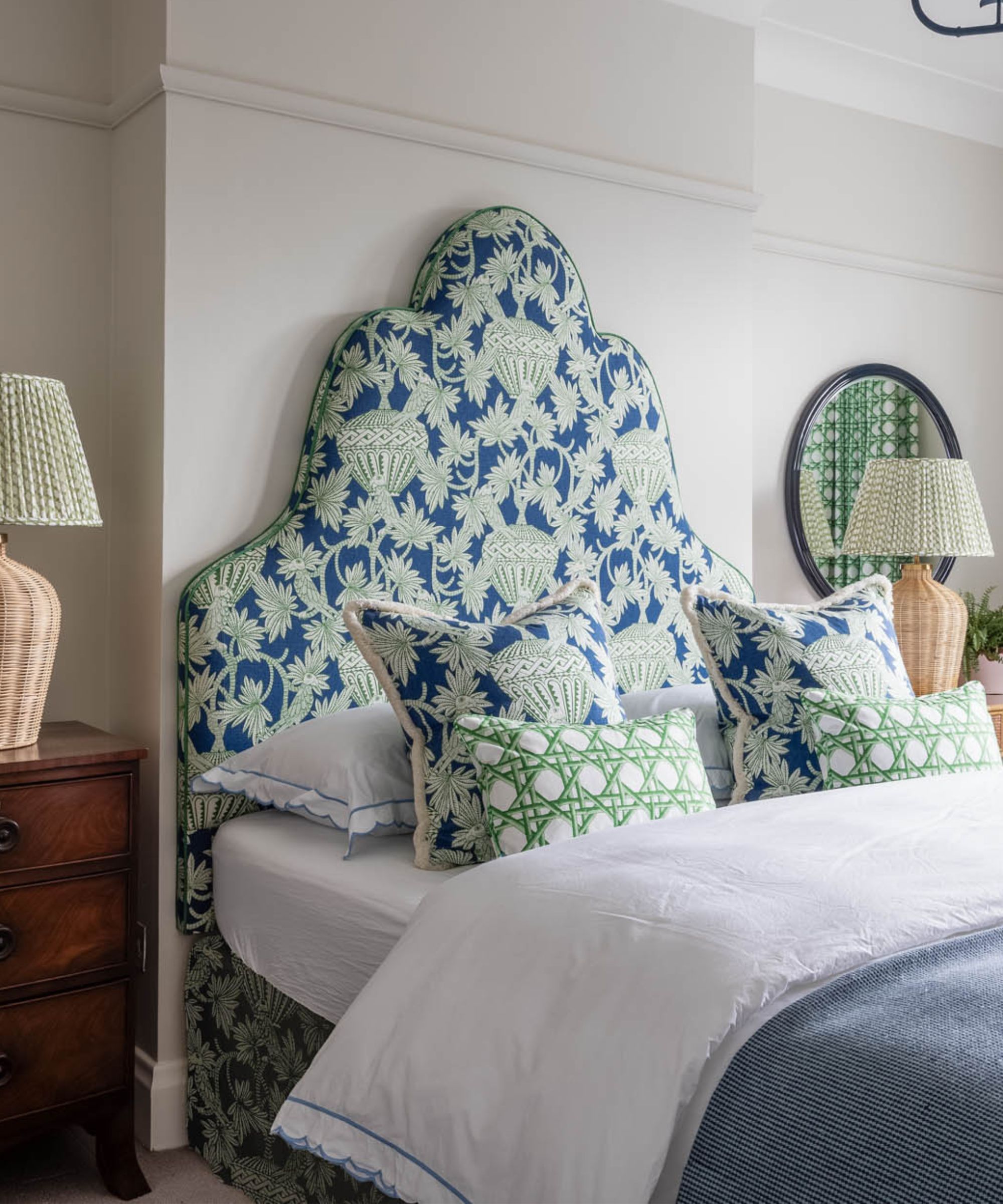
Whether a large or small bedroom layout, the bed is undeniably the focal point of the room. It’s typically the largest piece of furniture, so its placement is crucial and will have a major impact on how the room flows and the positioning of other pieces of furniture.
‘One of the most common bedroom furniture arranging mistakes we see is poor placement, such as placing the bed in an awkward corner or even walking straight into the side of a wardrobe,’ says interior designer Sean Symington. ‘Ideally, the bed should face the doorway so you’re welcomed by a beautiful headboard rather than the side of a unit. It creates a much more balanced and inviting focal point.’
Samantha Santini, interior designer and creative director at Collection Noir, agrees with Sean. ‘When it comes to small bedroom layouts, one of the biggest and most common mistakes people make is poor spatial planning. They often place furniture in ways that disrupt the flow of the room or make daily routines really difficult.’
‘For example, it may save space to squeeze your bed into a bedroom corner, but this can become very awkward for two people to use. Instead, try and create a symmetrical and functional layout. Floating bedside tables can provide surface area without bulk, whilst positioning the bed in a more central location (if possible) will allow for better balance and access from both sides.’
Design expertise in your inbox – from inspiring decorating ideas and beautiful celebrity homes to practical gardening advice and shopping round-ups.
Pushing furniture against the walls is a bugbear of Leoma Harper at Interiors by Leoma Harper. ‘This happens all the time,’ she says, ‘Pushing furniture into corners, might seem like it saves space, but it usually kills the flow, making a space feel disconnected and smaller. As long as bedroom furniture is the right size, you can create a much better flow, centering the bed off a wall for example.’
2. Trying to fit too much furniture into the space
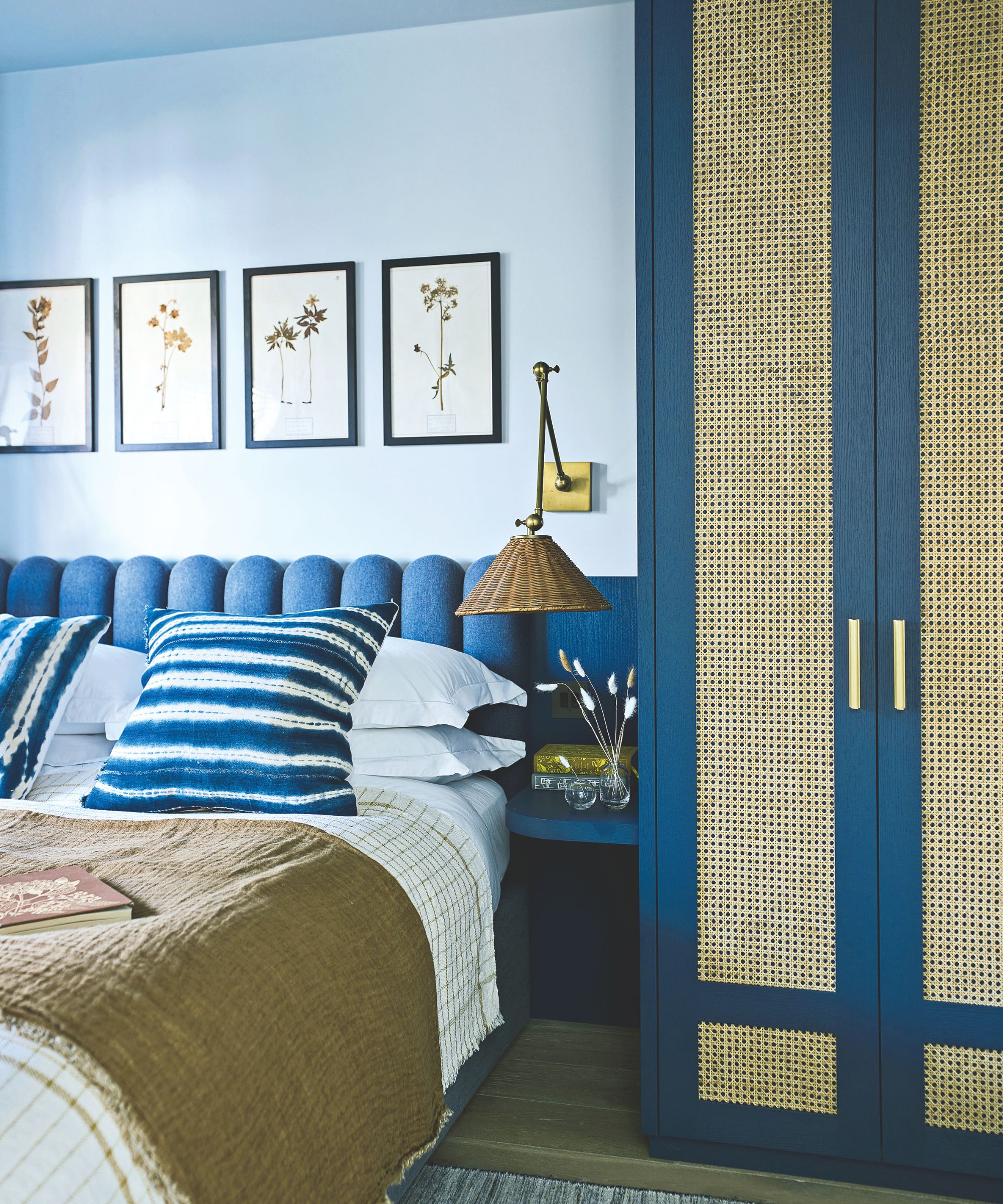
‘Designing small bedrooms comes with its own set of challenges, but one of the key things I often see clients do is to try to fit too much furniture into the space,’ says Emma Deterding, Founder and Creative Director of Kelling Designs.
‘As tempting as it may be to include every piece of furniture you think a bedroom 'should' have – like bed, bedside tables, chest of drawers, wardrobe and so on – this can lead to an already small space feeling even more cramped and cluttered.’
‘The key is to focus on the items you really and truly need. If storage is essential, then consider built-ins and wall-mounted shelving over freestanding designs, and opt for beds with built-in storage or space to put drawers underneath to free up floor space without sacrificing on functionality.’
Sean agrees: ‘Don’t overlook the opportunity to build bedroom storage into and around the bed itself. From under-bed drawers to joinery wrapping around the bed, these thoughtful details can make a small bedroom not only functional, but beautifully tailored to how you live.’
3. Choosing furniture that's too big
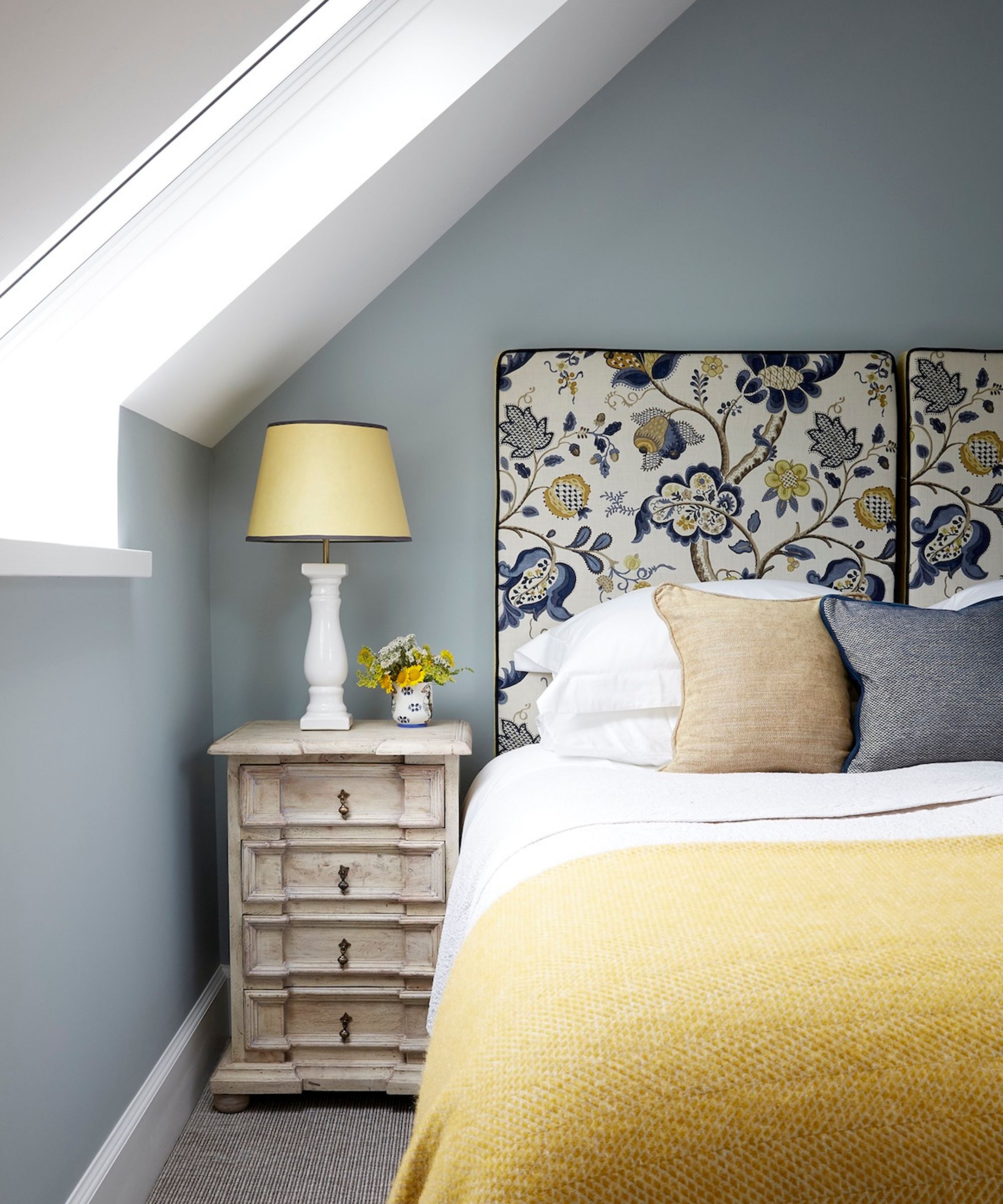
‘Picking the wrong size bed is another common mistake,’ says Emma Deterding. ‘While you want to opt for the biggest bed that the room can comfortably take, it’s important to ensure it's not so large that it leaves no room for anything else.’
‘Choosing a bed that will fit and still accommodate other furniture pieces with room to move around is the key to making sure the room feels comfy, spacious and functional. Also, having a slightly smaller bed can give you more layout flexibility if you like to rearrange the bedroom from time to time.’
‘For small bedrooms where space is really at a premium, then choose a bed with a low profile or without a footboard – this will help to create the illusion of space.’
4. Neglecting vertical space
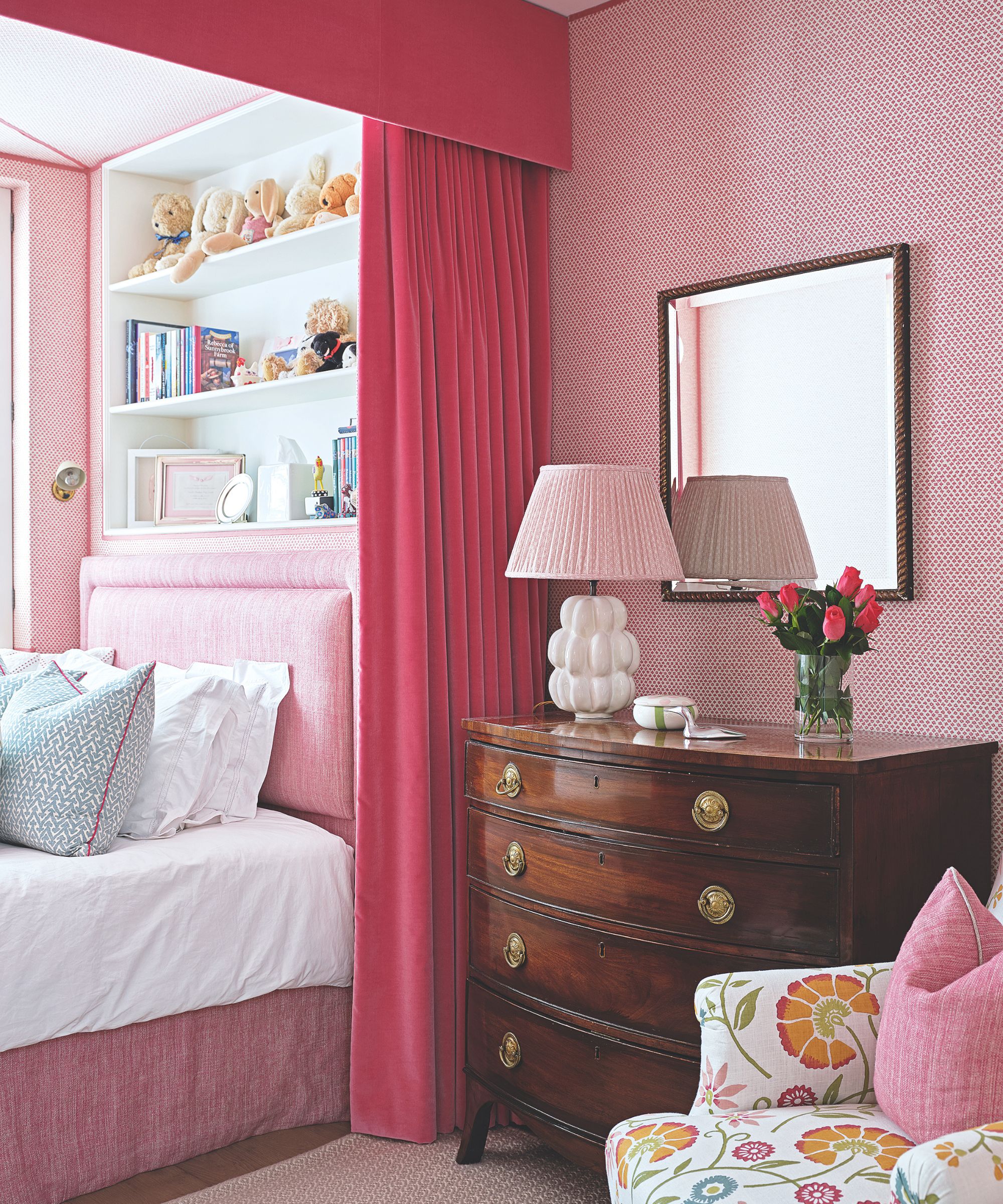
‘Another major oversight I come across again and again is neglecting the vertical space, and in small bedrooms, every single inch counts,’ says Emma Deterding.
‘We often see the walls not being used to their full potential, but they can provide prime real estate for tall shelving units, hanging hooks and even wall-mounted lighting. These can all add storage to a small bedroom and style without eating up precious floor space.’
‘Even something as simple as fitting curtain rails closer to the ceiling can help to create the illusion of height and grandeur, helping to make the bedroom feel bigger. A tall, statement headboard can also act as a fabulous focal point, drawing the eye in and up, and again making the space feel bigger.’
5. Leaving lighting as an afterthought in the layout
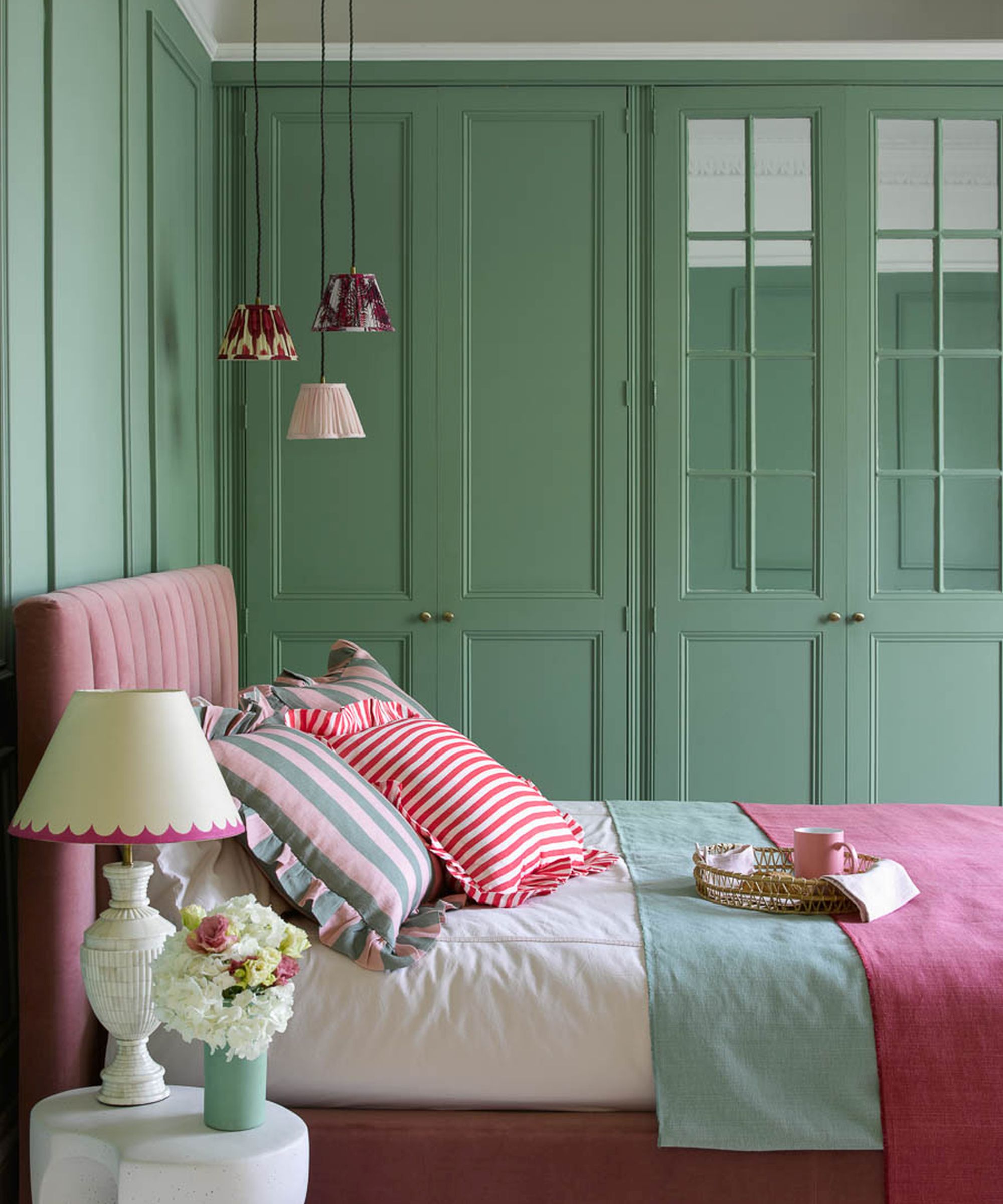
‘Another less obvious mistake, but one that can have a real impact on a small bedroom layout, is making poor choices when it comes to bedroom lighting,’ adds Samantha Santini.
‘In a small bedroom, homeowners tend to rely on one overhead light. This will create harsh shadows and lead to a flat and uninviting space. Supplementing the main lighting source with task lighting (reading and bedside lamps) and accent lighting (like LED strips or wall lights) will add warmth, depth and flexibility, whilst also providing multiple light options for different tasks and times of day.’
‘Wall-mounted or pendant bedside lights are especially great in small bedrooms where space is tight as they can free up surface area on bedside tables. Smart lighting with dimmer controls will also allow you to adjust the mood without the need for multiple fixtures.’
6. Insisting on symmetry when it doesn't serve the space
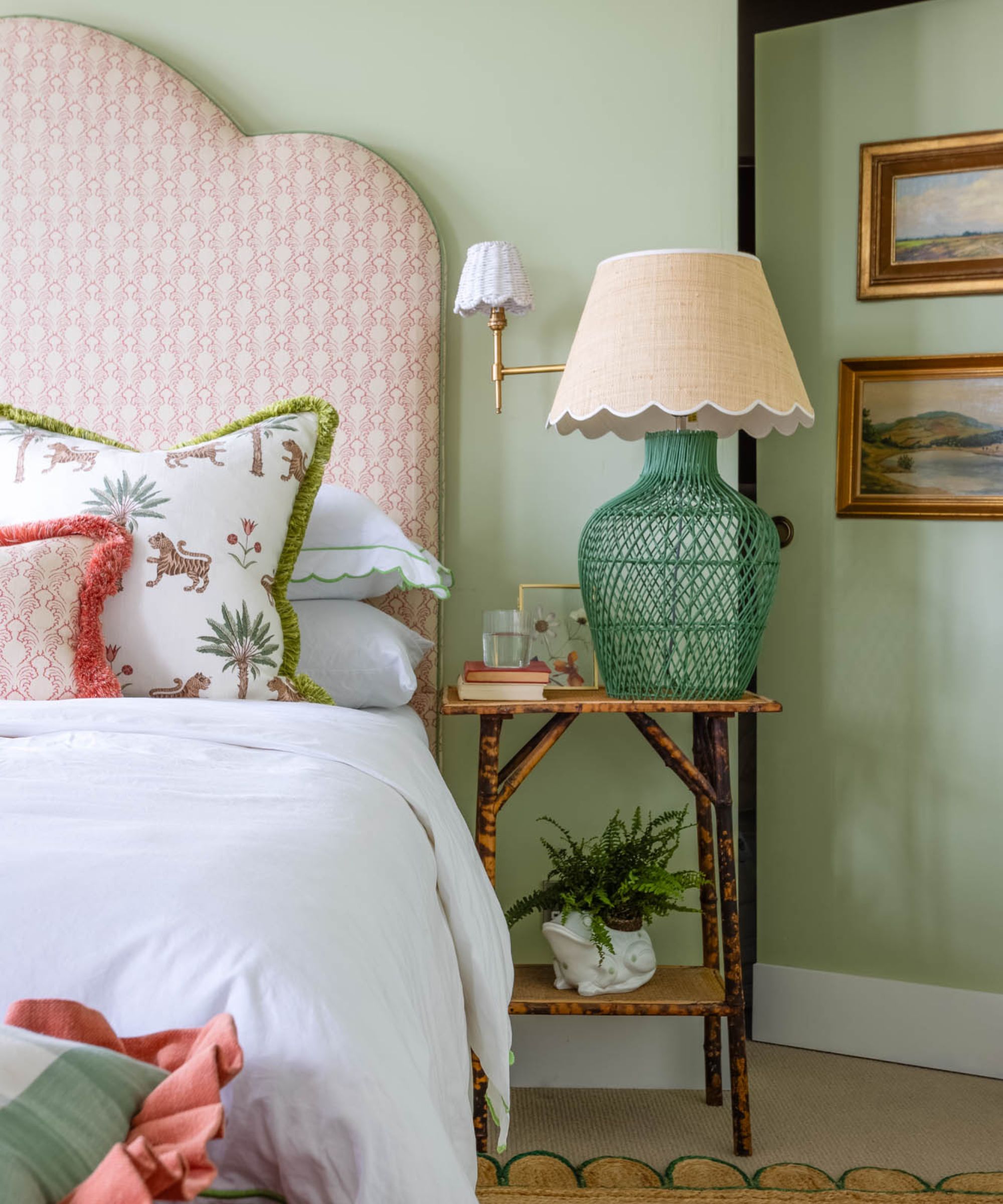
‘In interior design, we know that balance doesn’t always mean symmetry,' says Kunal Trehan, founder of Touched Interiors. 'For small bedrooms, forcing identical bedside tables and lamps can make the room feel cramped and predictable.'
'Opt for an elegant floating shelf on one side, or a petite pedestal table paired with a statement wall light. It creates visual interest and frees up floor space.’
7. Bringing in too much visual clutter
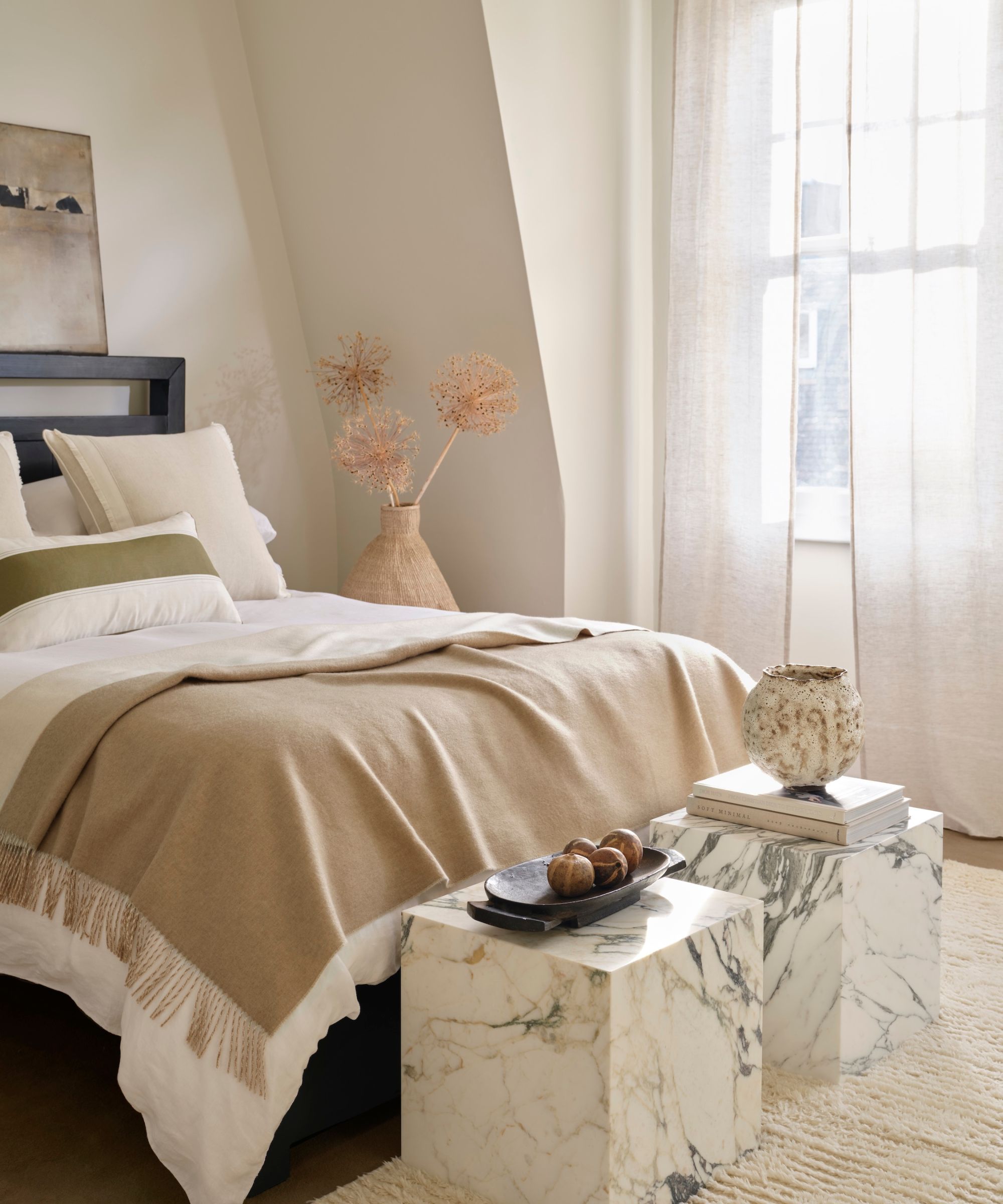
Not strictly a layout issue, but a common mistake that will impact on a small bedroom layout and make it feel more crowded and confined is an excess of clutter.
While cluttered surfaces, such as overflowing nightstands and stacked-up shelves, is an easy fix, visual clutter in the form of an overly-busy bedroom color scheme or a mish-mash of patterns can overpower a small bedroom and make it feel chaotic, which is not ideal in a space that should feel calm and relaxed.
‘Visual clutter can be a big culprit in small bedrooms, with too many decorative items or mixes of styles overwhelming the space and ruining the sense of harmony,’ advises Samantha Santini. ‘Keep the color palette subtle and cohesive, using mirrors to reflect light and create the illusion of space and depth.’ And keep to just a few well-chosen patterns that are similar in scale and form to create a considered scheme that won’t feel loud and shouty.
8. Thinking light colors will make the layout feel bigger
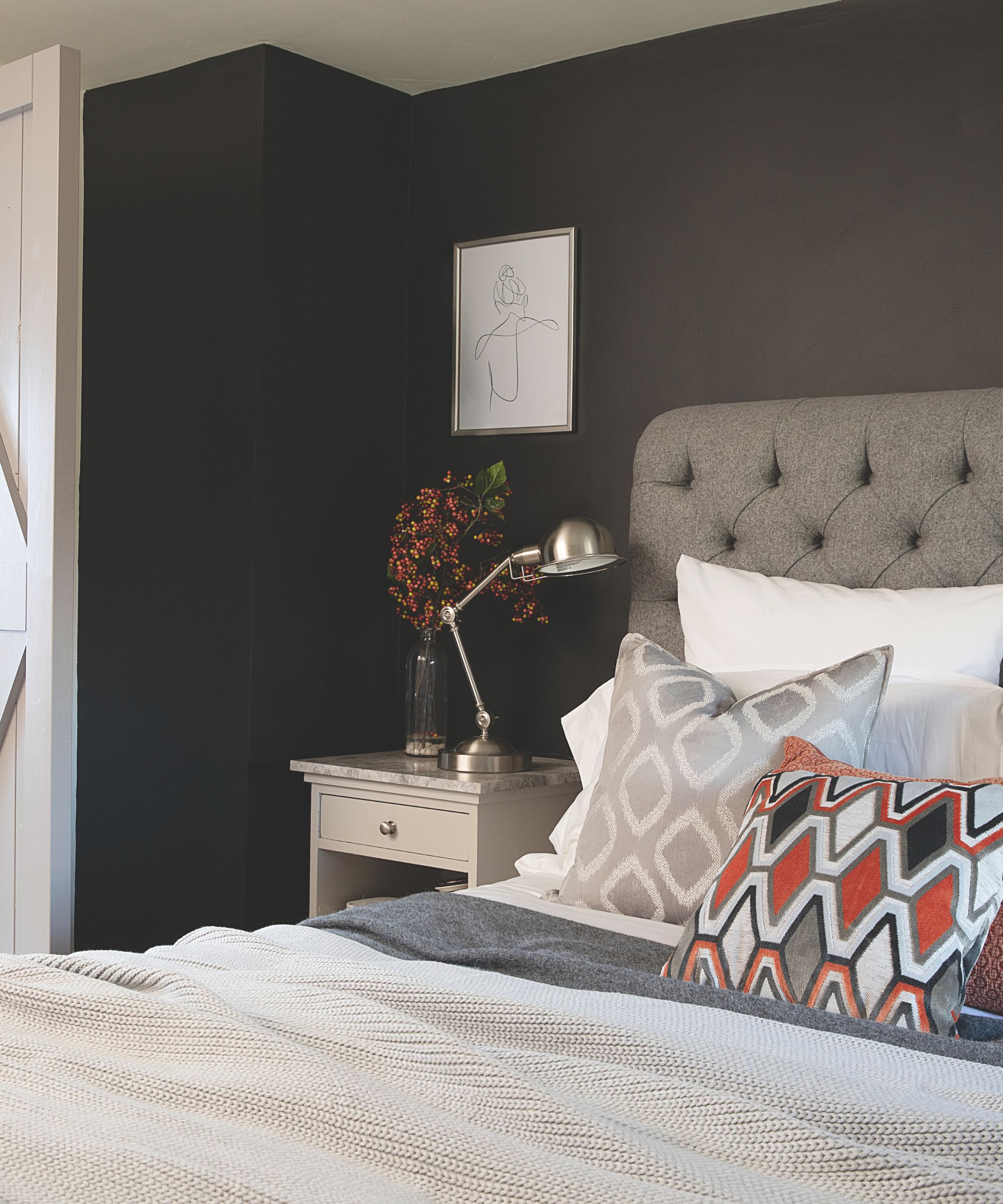
‘People often default to light colors thinking it will make a small bedroom feel bigger,’ says Kunal. ‘But in the design world, we know that depth and mood can elevate a small bedroom. Soft charcoals, deep taupes, or even rich jewel tones can cocoon the space and make it feel intentionally designed rather than just a ‘small and white’ room.'
'White or beige is often a default in small spaces,’ agrees Leoma Harper, ‘But pale colors can actually make a room feel quite flat and cold. Small rooms need depth and contrast to feel cozy. A darker color brings much more richness into a small space, especially if you layer with furnishings, texture, and pattern. But do avoid dramatic accent walls in a small room; they break up the layout too drastically. Keep it subtle with a consistent color on all walls.’
When you are faced with a small bedroom, it can be a challenge not to repeat the same layout mistakes, as there is only so much you can change when faced with a tight space. Get the position of the bed right, and it will affect everything else, so use this as the starting point and tailor the rest of your scheme around it. Once the key pieces are in place, you’ll get a better feel for how the space will flow and can put together a more balanced scheme.

Lisa is a freelance journalist who has written about interiors for more than 25 years and has worked on all the major homes titles, primarily Ideal Home, but also including Homes & Gardens, Country Homes & Interiors, Style at Home, Livingetc, Woman & Home, Easy Gardens and Good Homes magazines. Lisa writes about interior design and decor ideas for Homes & Gardens.
